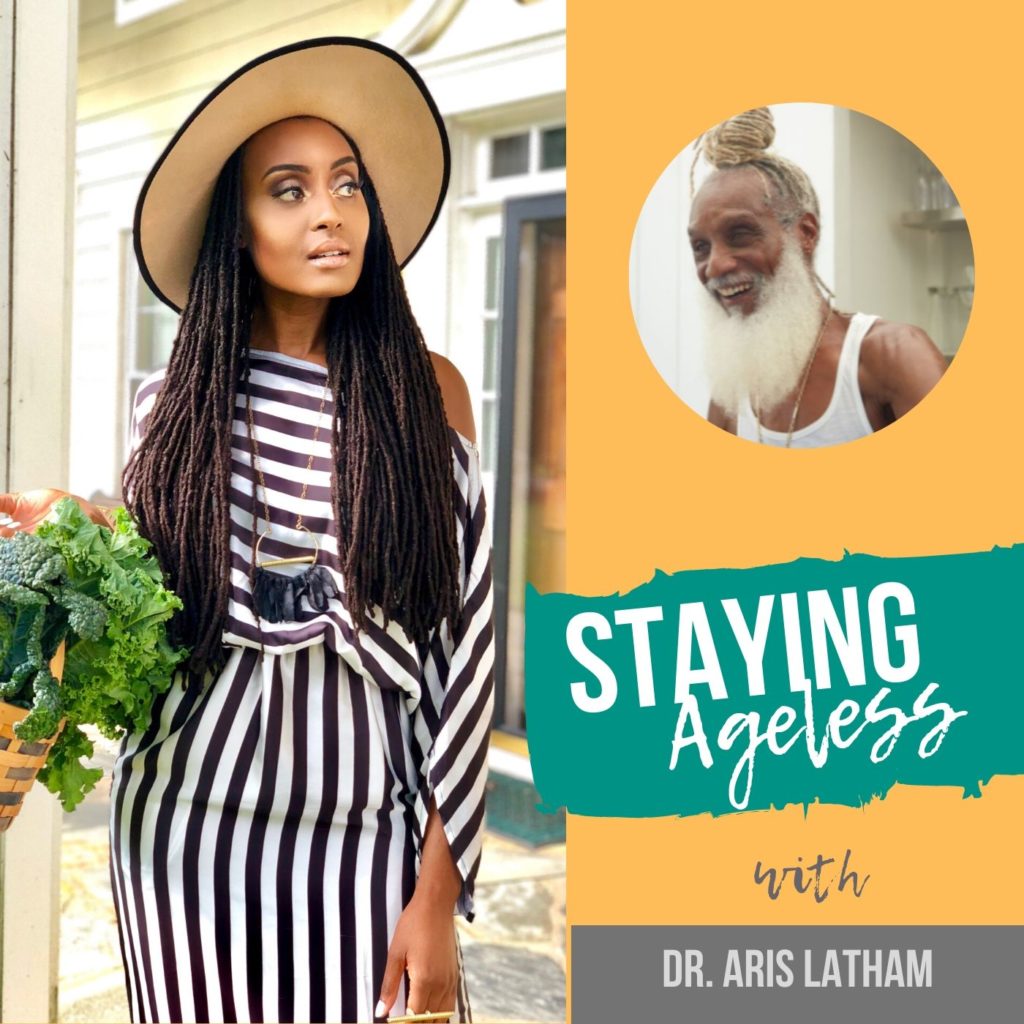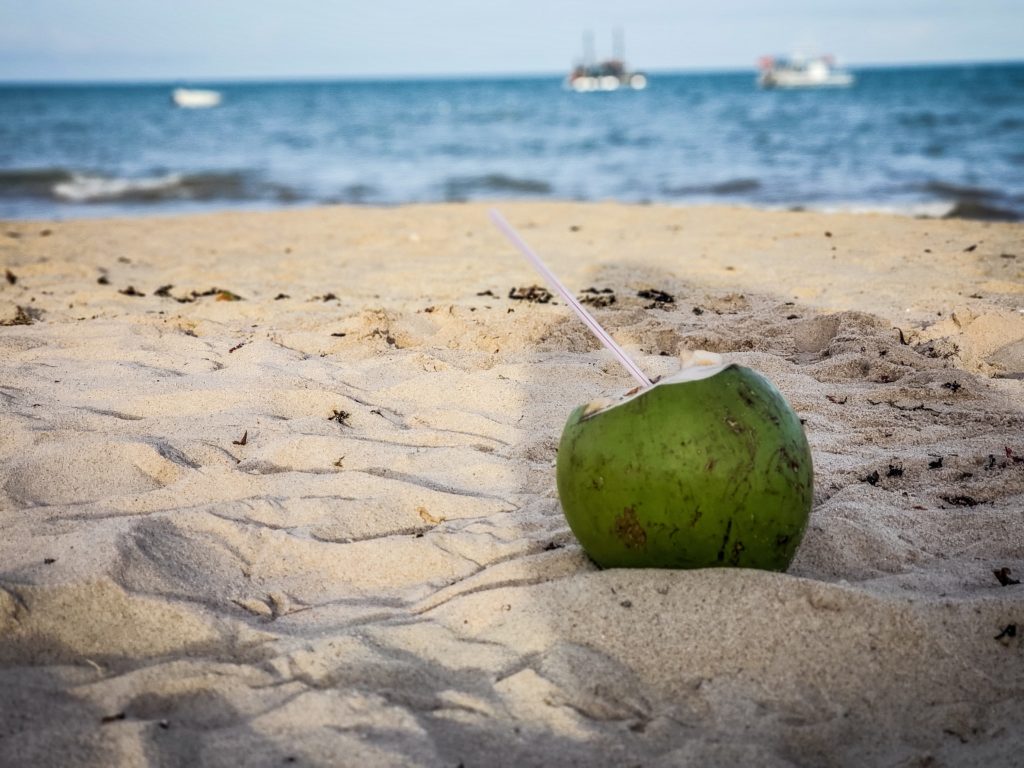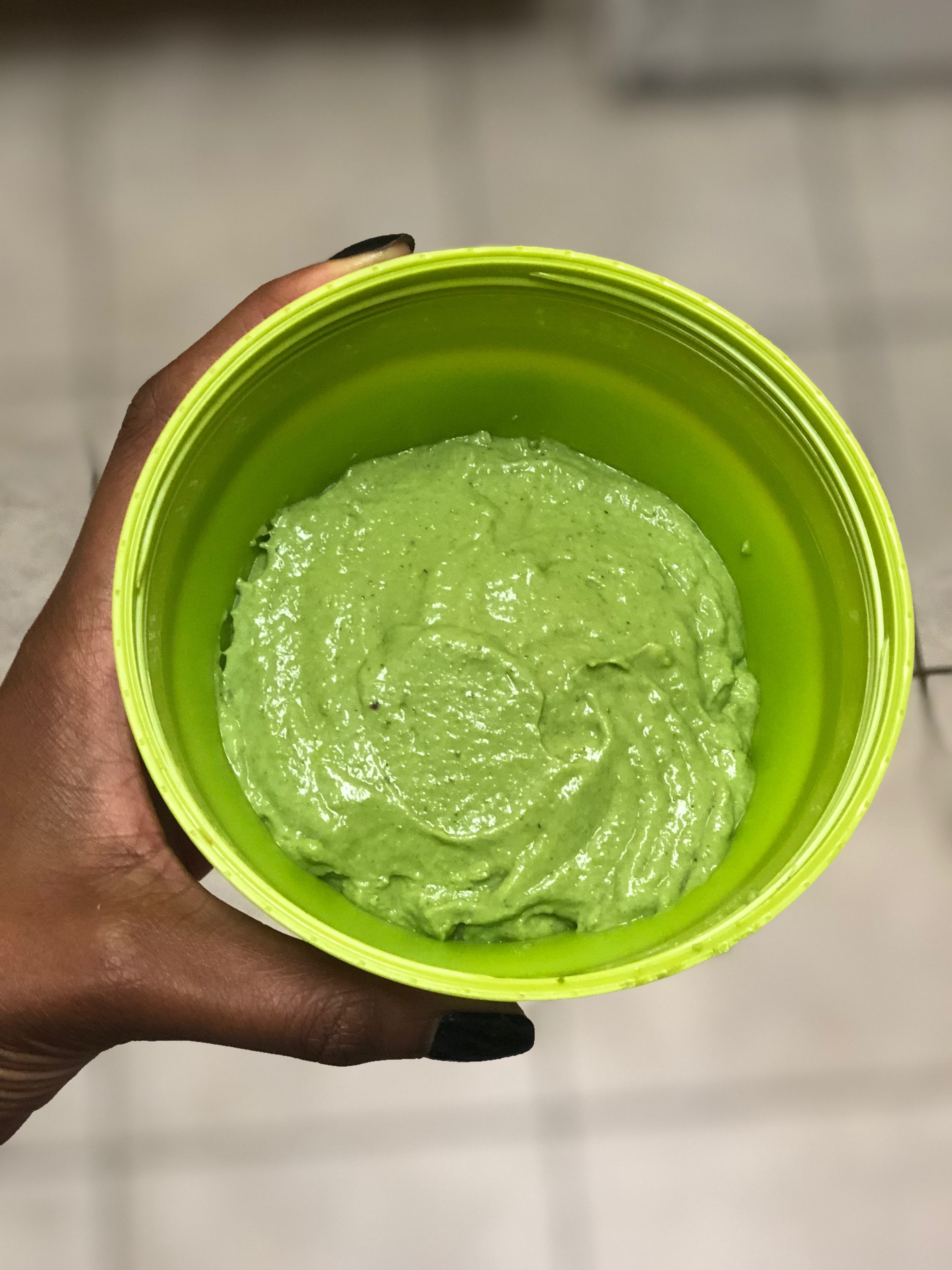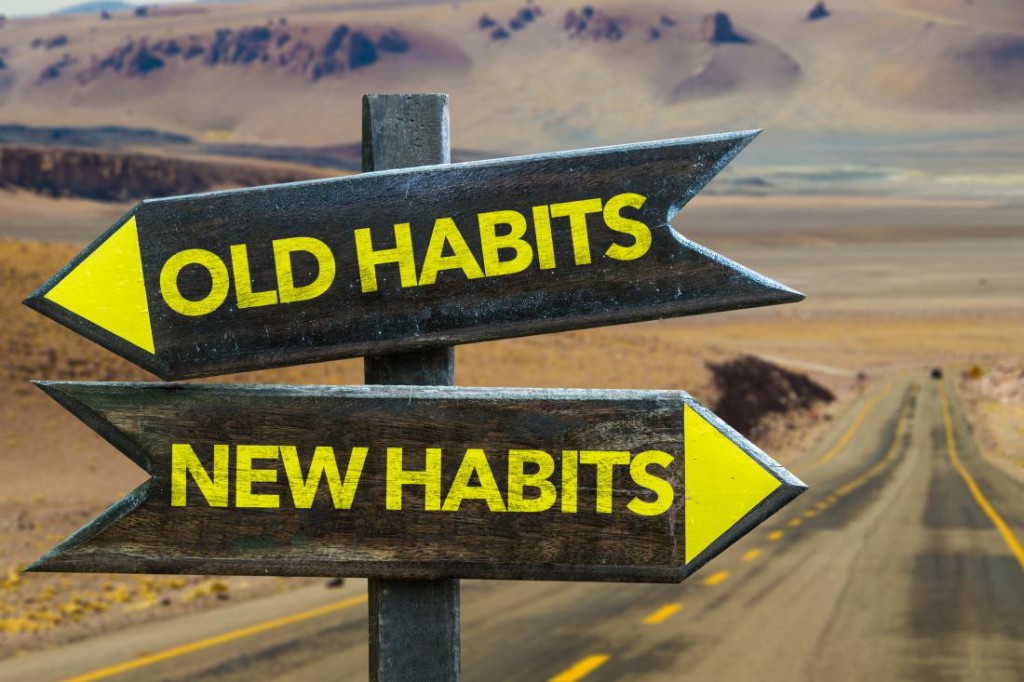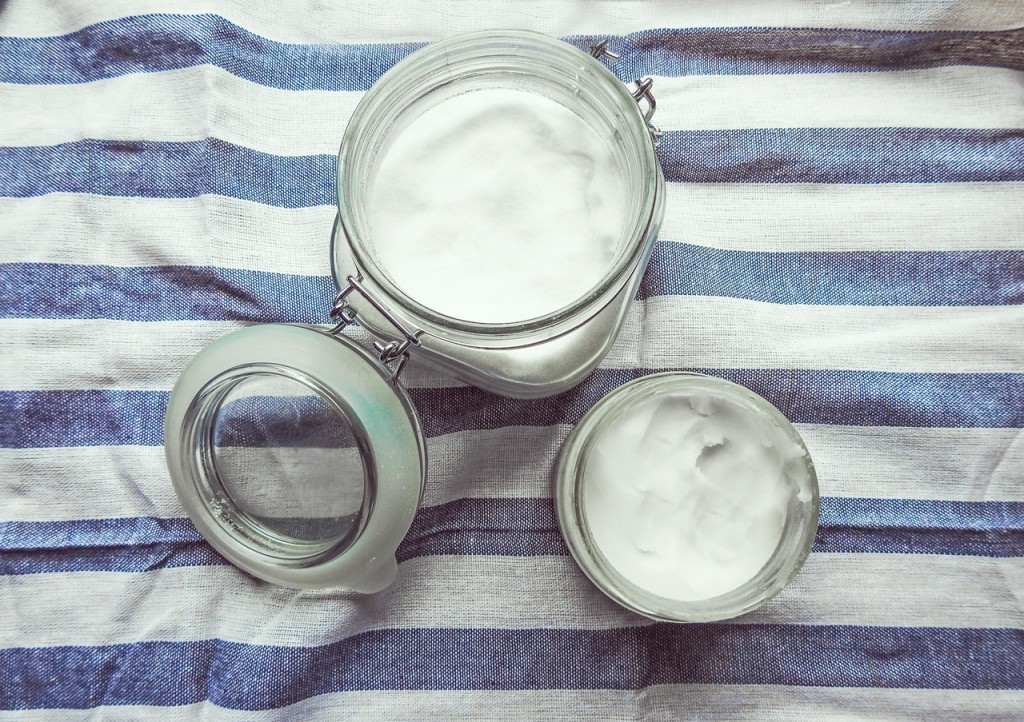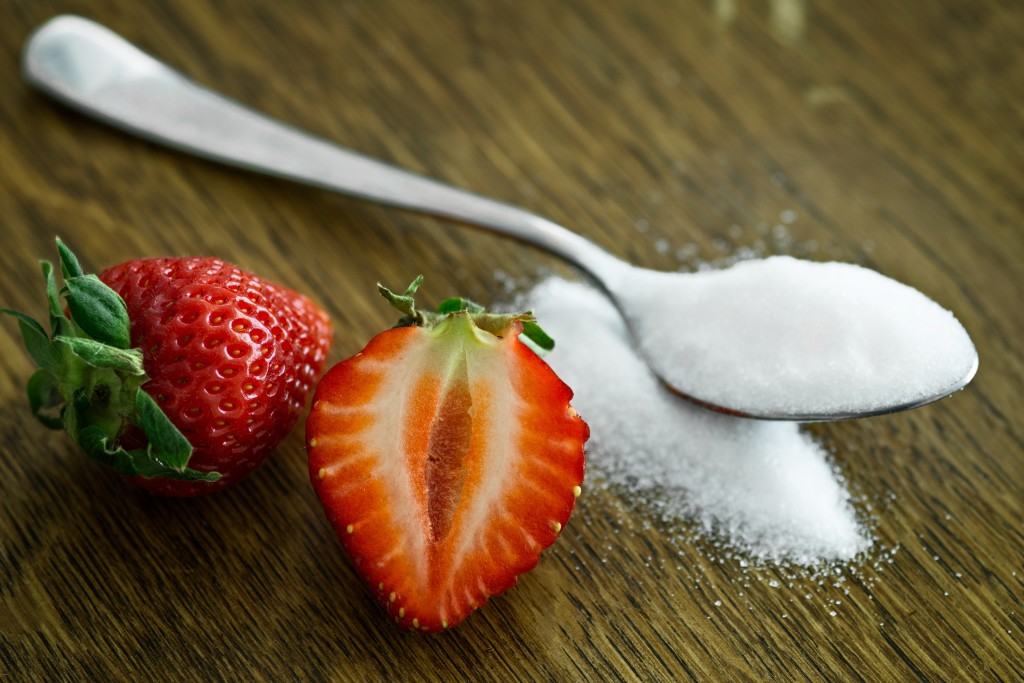Hope you all had a very happy holiday and somehow made it through the weekend without overdosing on refined sugar and booze. Tis’ the season for sweets, apple cider, cocoa, and reflection on whether or not you actually achieved those health goals you set last January. We all know “those people” who get gym memberships at the beginning of the year, start cleanses, and become yoga natzi’s only to fall completely off the wagon come spring. We know them because if we took a good look in the mirror we’d realize that at some point we have fallen way short of the mark when it comes to our health. Oops! But as the late great Maya Angelou once said, “When you know better, you do better.” Here’s four quick ideas for ways to ensure you do better, and wrap 2019 a healthy living rockstar.
- Stop Settling. You need a goal that will get you up in the early AM or make you want to put in a workout after a long day at work. Instead of making specific goals about weight loss or body fat percentage try imagining the kick-ass new and improved version of you at the end of the year. Get a clear vision of you at the end of the coming year. What is he or she doing? Is she entering a body building competition? Running a marathon? An expert fitness pole dancer? Stunting on folks with your catwalk in the office thanks to reformer Pilates? If you can dream it, you can achieve it.
- Track Your Progress. There are so many apps nowadays that can help you keep a food diary, log workouts, or even track your daily steps. No excuses my friend. In order to keep the beginning of the year pep going a great way is to have a tried and true tracking system that works for you. When you start tracking, it helps to have an accountability partner or bff who calls you out on your cheat day. My favorite calorie tracking app is Lose It! and I have a few clients who love My Fitness Pal.
- Celebrate Your Wins. Sometimes we get so wrapped up in our goals that we forget to take a moment a do a happy dance when we’ve hit the mark! As you create a plan for your health in the upcoming year, make sure you give some sort of treat or reward on the road to achieving the goal.
- Invest in a Trainer or Coach. We’ve all done a double take at some point in the gym at the random guy in the corner doing strange exercises with even stranger form. Just like you need a check up with your doctor or dentist every now and then, if you are looking to achieve health or fitness goals it cannot hurt to check-in with a health coach, nutritionist, or trainer. There is power in the meeting of minds and agreement. Not only will having a Sensei egg you on when you want to give up on that last rep, it may propel you much further than you can go on your own, and save you some time in the gym with more effective workouts. If you’ve hit a plateau or are in a food rut diet-wise, a nutritionist (like yours truly) or health coach may get you excited about new recipes to spice things up. Make sure you get referrals for health professionals you work with so you can ensure your investment will reap dividends. Interested in working with me? Check out my new site, and message me only if you are ready to transform your health! -XO Raw Girl







